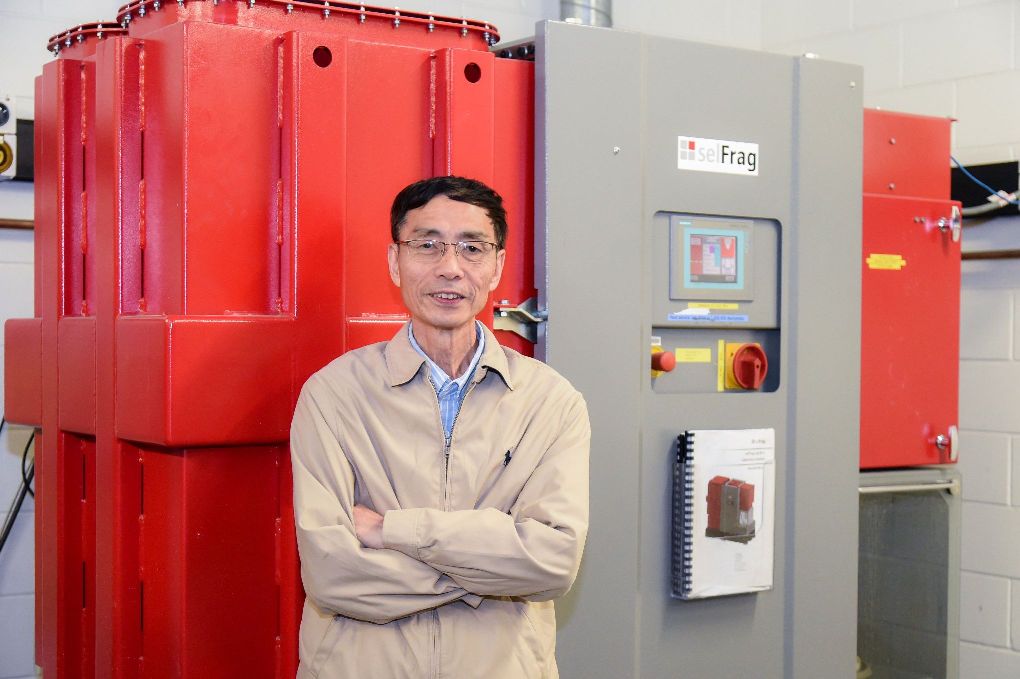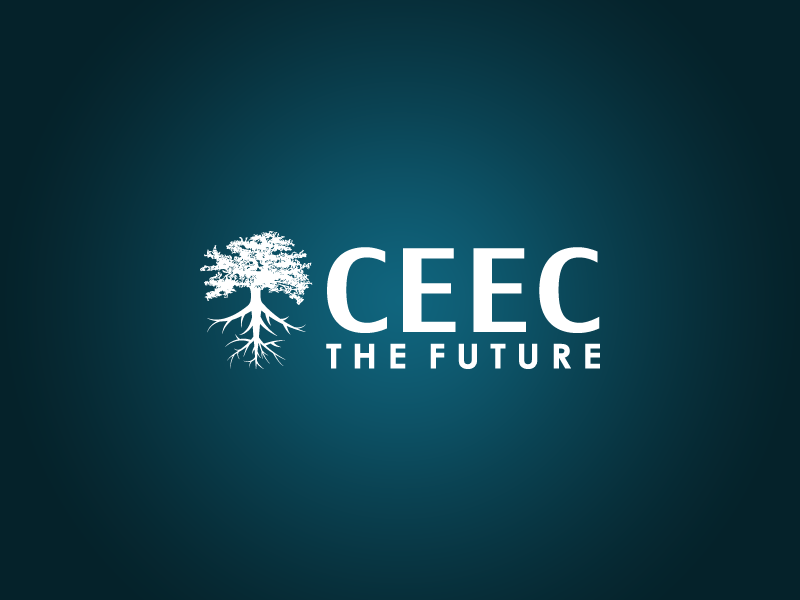
How does this disruptive change occur? CEEC shares insights on how collaboration led to an innovative approach that may transform the way our industry processes minerals, boosting grades and lowering production costs
The 2017 CEEC Medal highlighted that a novel ore pre-concentration technique developed by the SMI-JKMRC of The University of Queensland has the potential to significantly reduce comminution and energy requirements and, thereby, improve mineral production costs.
The global mining industry is facing challenges of decreased ore grade, increased processing capacity requirements and higher operational costs but, at the same time, it is becoming difficult to make significant step-change using conventional minerals processing technology.
The pre-concentration technique developed by JKMRC offers an exciting approach that may transform the way we carry out minerals processing. The technique uses high voltage pulses (HVP) to split ore particles by grade.
This breakthrough occurred many decades after HVP was first used in comminution. In the 1970s, researchers used HVP to break ore particles to approximately 100 microns. The process, however, was extremely energy intensive and, therefore, too expensive for industrial application.
A step-change was needed. By changing the focus from breaking all ore particles to enhancing ore processability, JKMRC researchers have been able to use significantly reduced HVP energy to selectively break mineralised particles in preference to gangue. After HVP processing, ore particles can be screened to produce low and high-grade ore streams. The novelty of this technique is that it combines three stages of mineral production in a single process: (1) the initial stage of comminution to selectively damage or break coarse particles (>9.5 mm), (2) ore weakening and preferential liberation of valuable minerals, and (3) separation by grade.
JKMRC researcher Professor Frank Shi (pictured above in front of the selFrag Lab equipment) said electrically induced breakage offered a new application of HVP in the mining industry.
“We recognised that a shorter burst of electrical energy was able to successfully break rocks selectively through the more conductive minerals and that this could help fast-track separation of the valuable minerals from gangue minerals in a number of ore types. The process also has the potential for better mineral liberation and particle pre-weakening in the HVP treated product,” he said.
Frank said the new applications of HVP gathered momentum in 2007 via an ARC-funded, AMIRA-managed project. The JKMRC led the project in collaboration with a number of Australian universities.
“Further funding for a test facility by ARC and the collaborative universities then enabled more detailed research into applications of the HVP technology for the mining industry. Five higher degree research (HDR) students – funded by APAI, Newcrest Mining, Anglo American, China Scholarship Council and the University of Queensland – have been enrolled in HVP studies. Three have completed their studies and two in progress. Over more than a decade, many organisations contributed to the development of this process, including government and individual companies.”
The novel application of HVP pre-concentration was outlined in the paper ‘Pre-concentration of copper ores by high voltage pulses. Part 2: Opportunities and challenges,’ which was published in Minerals Engineering in 2015. The authors, Professor Frank Shi, Dr Weiran Zuo and Professor Emmy Manlapig, were awarded the 2017 CEEC Medal (technical research category) for their paper.
The paper clearly shows that HVP treatment has some significant potential benefits for industry. The next challenge for Frank and his team is to transform these laboratory findings into a technology that can be applied continuously at high tonnage in a mining process. Professor Shi and the team are currently developing a collaborative research project with a number of mining and METS companies to help transform the HVP research outcomes from laboratory to industrial application.
In CEEC’s view, the story behind the winners of the 2017 CEEC Medal (technical research) highlights that collaboration is key to fostering disruptive change. In this case, collaboration and cross-disciplinary expertise has been crucial, involving many organisations, researchers and industry experts.
Parties to the collaboration
- ARC Linkage Project (AMSRI –LP0667828)
- The ARC LIEF Project (LE100100220) and the following universities co-funded the selFrag Lab facility installed at the JKMRC:
- The University of Queensland
- The Sustainable Mineral Institute (SMI)
- The JKMRC
- The University of South Australia
- The University of Newcastle
- The University of Melbourne
- Australian Postgraduate Award Industry (APAI) funded a PhD student in HVP treatment of ores study.
- Newcrest Mining provided a scholarship to support a PhD student in the HVP research. The student is the co-author of the CEEC Medal winning paper. In addition, the ore samples used in the research were collected from Cadia and Ridgeway operations.
- Anglo American Centre for Sustainable Comminution funded a Masters of Philosophy student to conduct a study in HVP in downstream separation and mineralogy.
- China Scholarship Council is funding a current PhD student in a HVP pre-concentration study.
- UQ Graduate School is funding a current PhD student to develop a proof-of-concept HVP facility.
- SELFRAG AG in providing free access to its laboratory-scale and pilot-scale HVP facilities installed in Switzerland for the HVP research. The research collaboration with SELFRAG AG has resulted in a few joint publications.
- A number of mining companies globally in supporting HVP characterisation of their ore samples.
